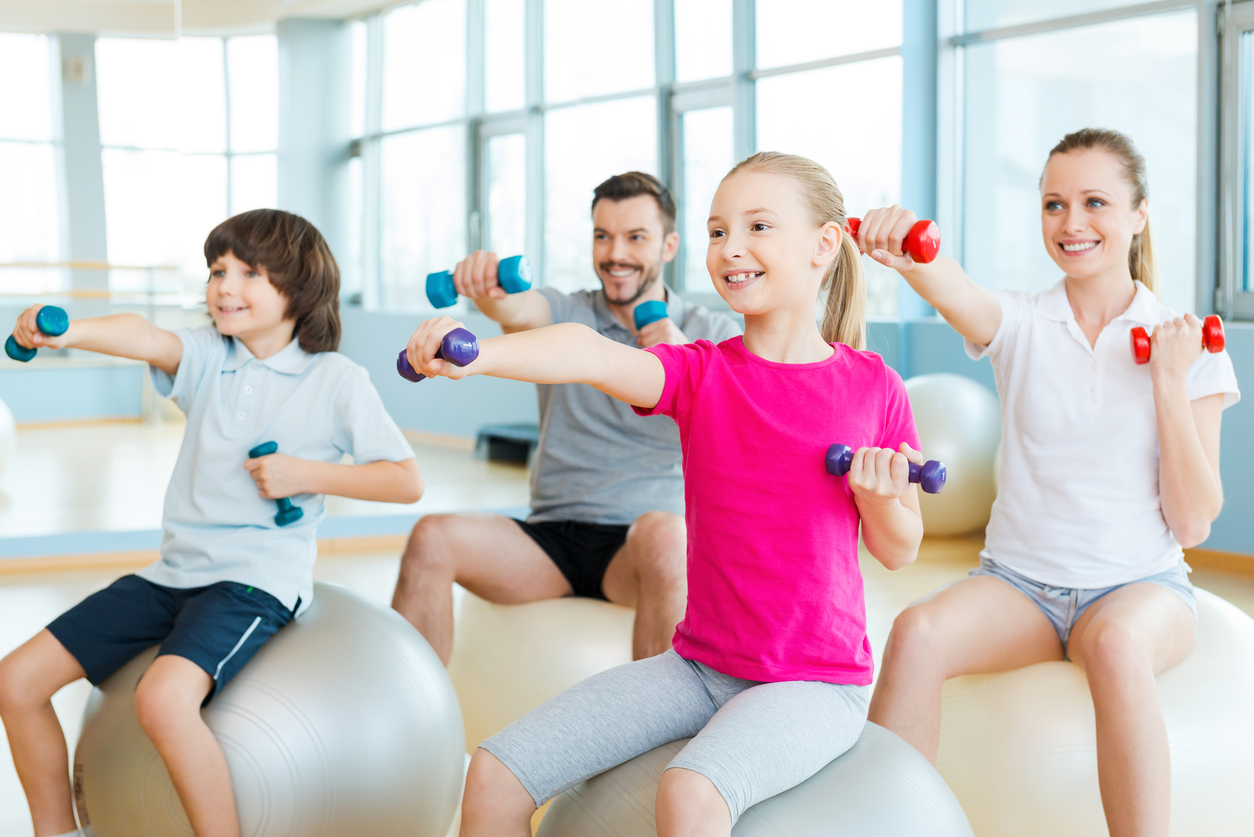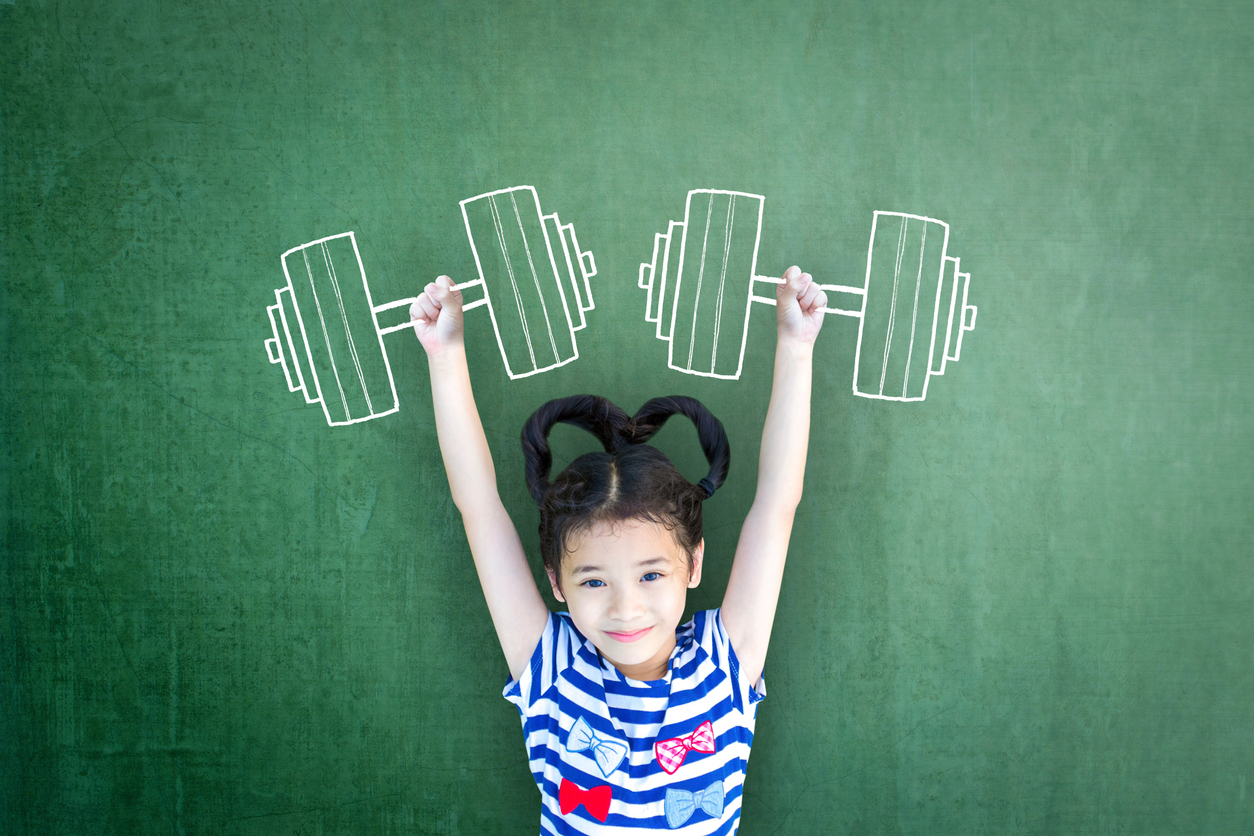~ Professor and Coach Mike Hanik
Are your children physically literate? Are you providing opportunities for your children to become physically literate? What does it mean to be physically literate?
Physical literacy can be defined as the ability to move with confidence and competence in a wide variety of physical activities in multiple environments that benefit the healthy development of the whole person.
Do your children move with confidence and competence? Can they skip? Can they throw and catch? Can they ride a bike? Can they swim? Can they run? Are your children’s movements fluid? Do your children have poise? How well do your children stop and start, change directions, react to commands or stimuli? These are just a few questions. Observe your children. Can they do these things? Are these things important?
Being physically literate is critical to every person’s health and well-being. A person who is physically literate has the ability to understand, communicate, apply, and analyze different forms of movement in different situations. Physically literate individuals are less likely to suffer from pain or injury since they are able to react and respond effectively in their environment. They are able to move their bodies in a wide variety of movement patterns with confidence and competence. All of these things are important for carrying out most of our daily activities. Being physically literate helps us in activities as simple as crossing the street or pushing a shopping cart. Remember what it was like the first time you let your children push a shopping cart. My kids could not push the cart in a straight line. They did not stop the cart fast enough and ran into other people. They had trouble passing other carts going the opposite direction. It was a disaster, but they did not have the ability to judge distance or react quickly to other stimuli or instructions. They improved their ability to push a shopping cart as they became more physically literate.
Being physically literate enables people to make healthy choices. People who are able to move their bodies effectively and efficiently tend to be more active throughout their lives. Lifetime physical activity is critical in reducing the chronic diseases that plague many modern cultures. Research shows that 20-30 minutes of daily physical activity reduces the risk of heart disease, cancer, and diabetes by 50%.
The majority of adults in the United States do not meet the recommended amount of daily physical activity. The lifestyle choices we model to our children are creating more sedentary behaviors in our young people. Research has shown that being physically active later in life depends on an individual’s ability to feel confident in an activity setting. That confidence most often comes from having learned fundamental movement skills as a child. These movement skills include running, skipping, jumping, hopping, throwing and catching, balancing, swimming, bicycling, and climbing. We know that if a child is not taught these movement skills, he is more likely to withdraw from sport and physical activity and turn to more inactive and unhealthy choices during his leisure time.
Just like every other academic subject, movement training (physical education) requires daily instruction and repetition. In order for our children to become physically literate we must take the time to teach them the movement skills and give them time to practice the skills in a variety of contexts.
You may feel like you do not have the ability to teach your children how to be physically literate. I want to tell you that you can do it. It is possible to teach your children the value of moving with competence and confidence. It starts with modeling an active lifestyle, and then insisting on quality programming for your children. At Family Time Fitness, we have designed a quality movement training programs that can be done at home. Our Fitness 4 Homeschool Core 1 Curriculum will help you teach your children a wide range of movement patterns in a fun and low stress learning environment. All the lessons can be done indoors or outside. The lessons can be easily incorporated into you daily routines.
We all want the best for our children. A big part of that is having children who are comfortable and confident with their bodies.


